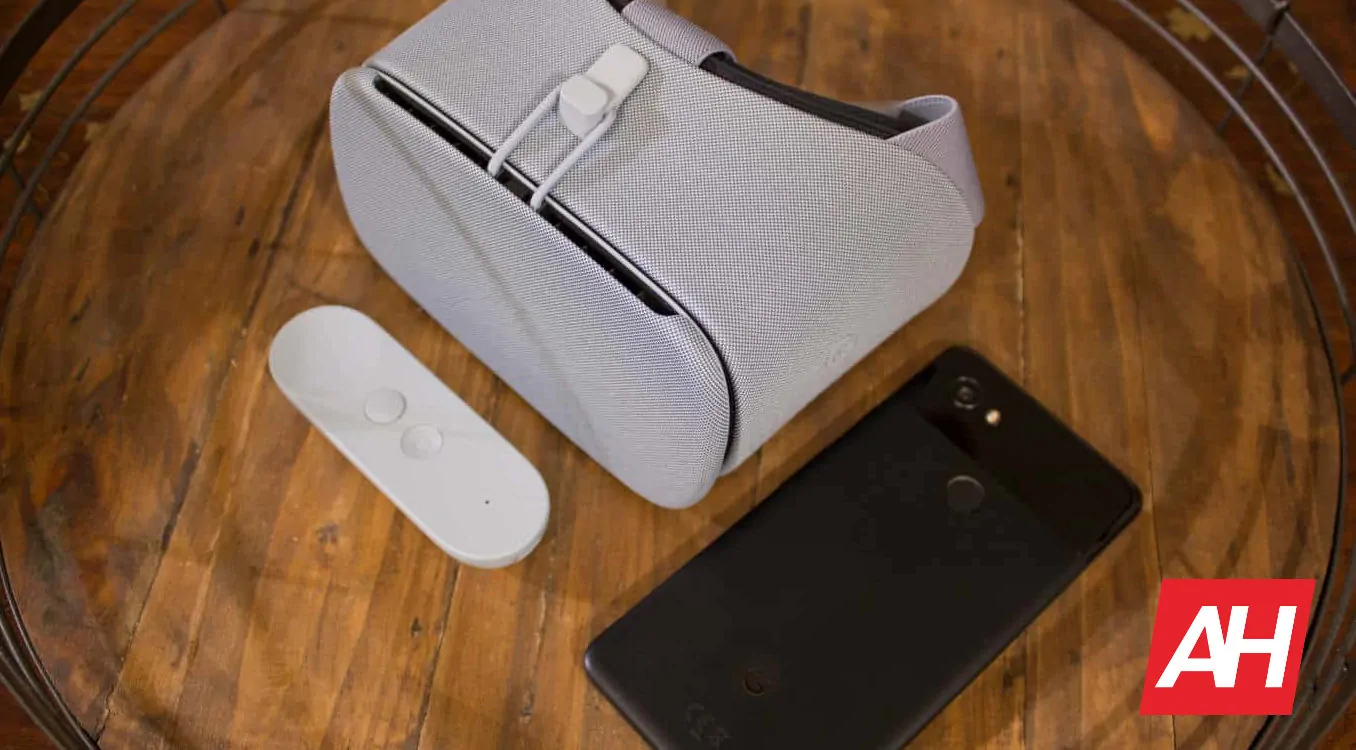Google Daydream appears to be dead now. Mobile VR fans will have likely noticed that Google’s VR platform had been dying a slow death, and now the company has confirmed it by excluding Daydream from the Pixel 4 lineup. Mobile VR in general is known to be cumbersome, and now Google has abandoned it entirely in favor of advancing augmented reality experiences.
Existing Daydream hardware will continue to work for now. Google did not say if or when it would be shutting down the Daydream store or taking down the app from the Play Store. It has, however, stopped selling the Daydream View headset on its website.
Google has even pulled a few apps from the Daydream ecosystem, including Movies & TV. YouTube VR and Daydream-compatible games remain for now. Current users can still access all of the available content. With Daydream View sales stopped, those looking to hop on board a bit late or get a fresh unit will have to settle for the used market or venture away from Google’s dedicated option.
With Daydream dead, what’s left of mobile VR?
Google leaving the mobile VR space entirely, with both Daydream and Cardboard now dead, leaves Samsung the ruler of the roost.
The Gear VR is the only dedicated phone-based system left standing, though you can still get basic VR content that will work with just about any headset. Standalone headsets, meanwhile, will almost certainly absorb most of the content growth and hardware sales that Daydream will leave in its wake.
Daydream offered a peek at the future of mobile VR, a future that has been mostly realized at this point. Mobile VR with advanced controllers, high resolution displays, and other creature comforts has been a thing for a while now. Standalone headsets, meanwhile, have materialized the rich, near-PC level content that Daydream aspired to.
VR fans who don’t want to spend a ton of money on separate hardware like a standalone headset or gaming PC can still get their kicks a number of ways. One can use the Daydream Controller Emulator on an old phone along with any old headset, for example. There are also workarounds to getting Samsung’s Gear VR headset to work with almost any phone that’s powerful enough to run VR content, albeit in a decidedly limited capacity.
Looking to the future of the mobile VR space, Gear VR is the last bastion of the phone-based approached. How Samsung handles things there will largely determine the future of the space. Still, there’s almost no question that standalone headsets based on mobile tech, like the Oculus Quest, will become the new standard sooner rather than later.
Doubling down on AR
Google was long aware that mobile VR was declining, and has chosen instead to focus on augmented reality at this point. It’s admittedly a much more practical and potentially more promising market. Users only need their phone, and Google’s ARCore technology has already reached compatibility penetration with a number of handsets comparable to Daydream.
There’s also the expanded number of use cases and vastly more novel, if less immersive, approach.
Moving forward, we will likely see a range of new AR content and use cases coming to the mobile world, with Google’s ARCore at the center. In fact, it has no real competition to speak of at the moment. Microsoft, Magic Leap and others are still backing PC-based and standalone AR hardware, but that’s no direct competitor to the ease and ubiquity of a phone-based approach.
This means Google’s ARCore will enjoy a mostly unchallenged reign in the space for some time, if not indefinitely.

